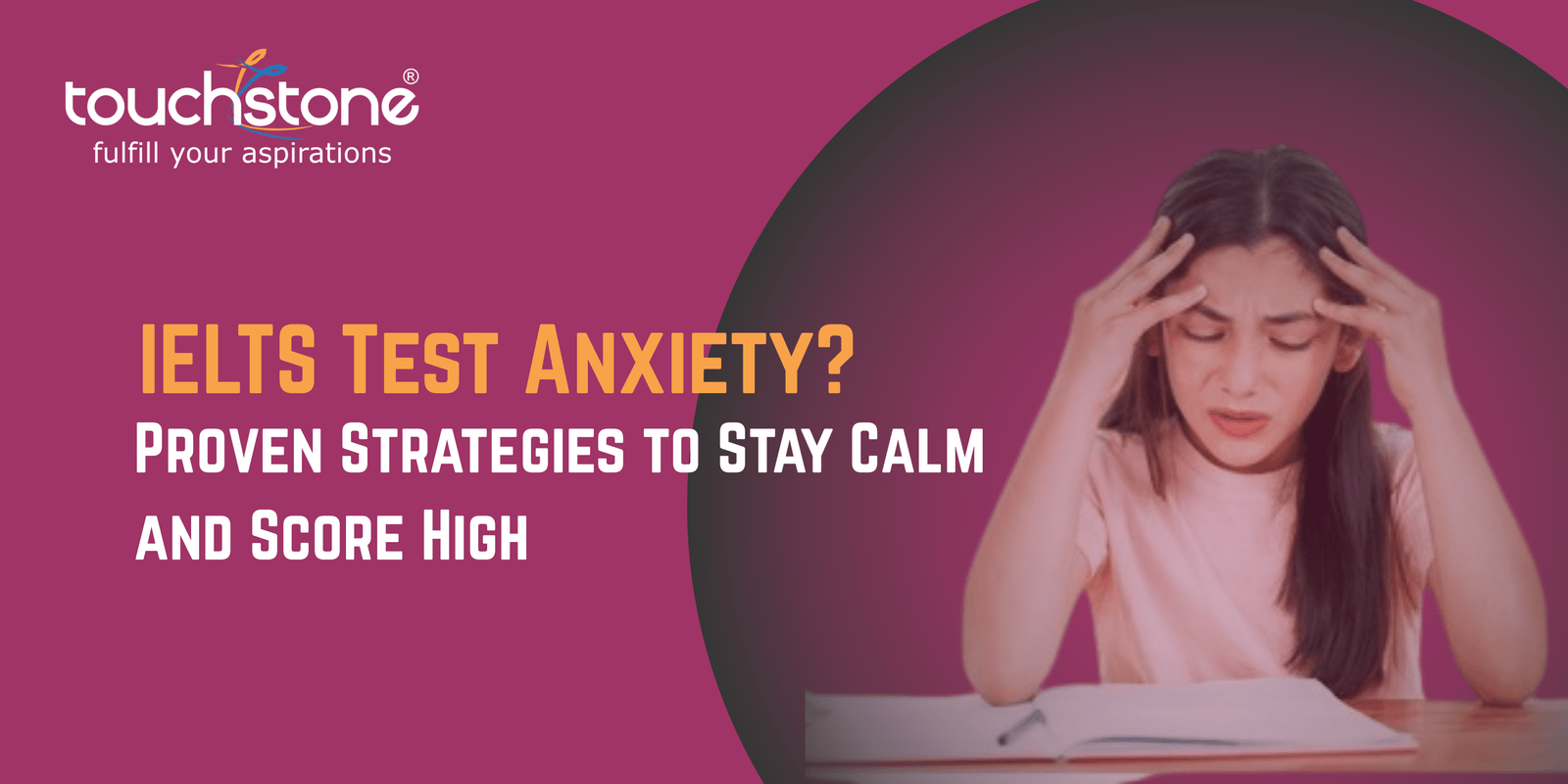These days the PTE or the Pearson Test of English is gaining popularity. Since both IELTS and PTE are exams that aid in immigration, there are often comparisons that are drawn between the two. Many people do not understand the differences and the similarities between these two language testing systems and often take an exam just because others are doing so. The decision to write IELTS or PTE should be as per your requirement, without any undue influence.
Infrastructure Differences
Since the exam requirements are different, the infrastructure provided to you is also quite different. While IELTS exams are usually held in some hotel banquet halls or convention centers where all examinees sit in one big hall and write the exam, PTE exam takes place at a PTE authorized center, generally managed by the Pearson Group. Secondly, IELTS is a paper-based test, while PTE completely computer based. Each participant is provided an individual system and the examination room is divided into semi-open cubicles.
Exam Structure
Although both of these have four modules, i.e. reading, listening, writing and speaking, the structure and pattern of these two systems is completely different. The PTE for instance happens at one stretch, IELTS takes place over two days, and at two different centers. The listening, reading and writing modules are scheduled together back to back, but the speaking test usually takes place on a different day at a different venue. In PTE, there is no human intervention at all. This means that there will be no one on one discussion with an examiner to test your speaking ability. While IELTS results take about two weeks, you get your PTE scores within 48 hours.IELTS scores are in the form of bands, PTE scores are in the form of points. The report reflects scores in enabling skills and communicative skills. These scores are aligned with the Common European Framework for measuring English proficiency.
Despite their differences, both the exams require you to be fluent in English. This means you have to have grammatical accuracy, good vocabulary, the ability to reason and think clearly and good pronunciation. They check every aspect of English language.





